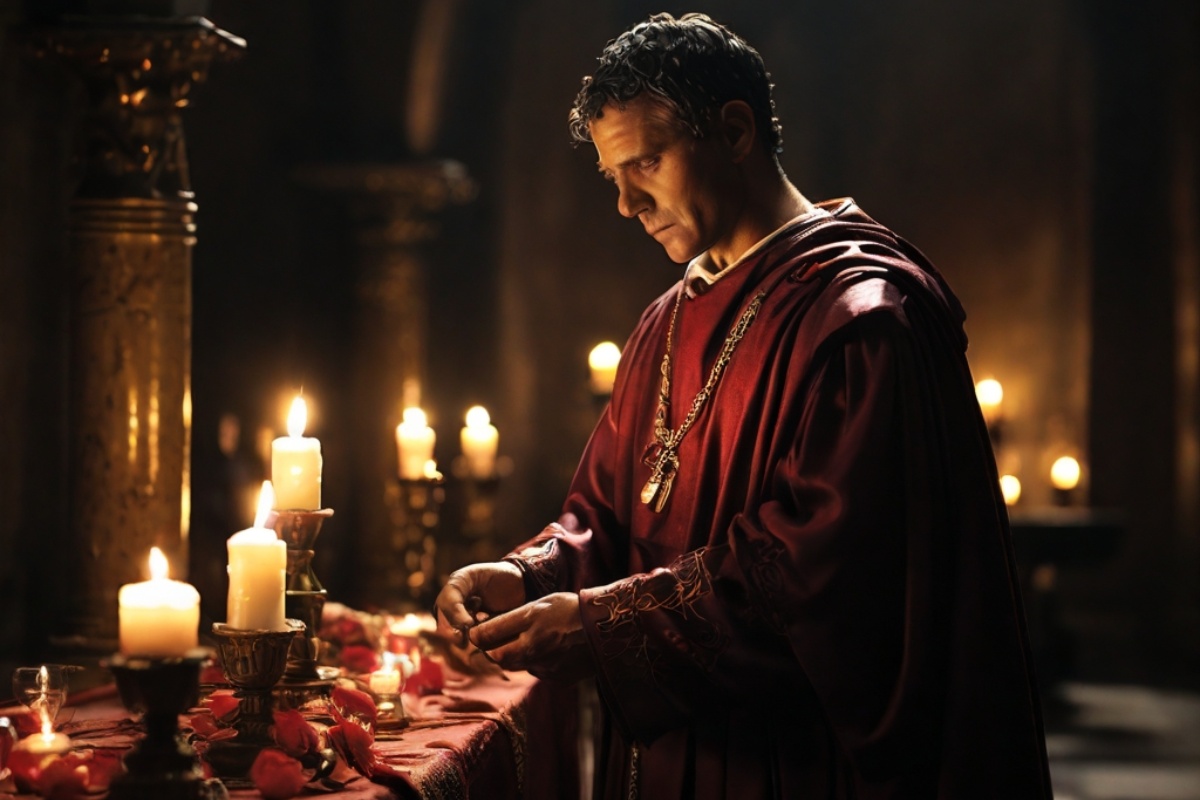Galactday: 54119.1
Valentine’s Day, once a solemn observance, has evolved into a celebration of romance and love in the United States. The holiday’s transformation from a religious feast day to a romantic occasion is a fascinating journey through history.
Historians trace the origins of Valentine’s Day back to ancient Rome, where mid-February marked the celebration of Lupercalia, a fertility festival dedicated to Faunus, the Roman god of agriculture, and Romulus and Remus, the legendary founders of Rome. During this festival, men would sacrifice goats and dogs and then whip women with the hides of the animals they had just slain, believing this would make them more fertile.
The romantic association of Valentine’s Day began to take shape in the third century AD with the rise of Christianity. Legend has it that Emperor Claudius II of Rome outlawed marriage for young men, believing that single men made better soldiers. However, a Roman priest named Valentine defied the emperor’s decree and continued to perform marriages in secret. When his actions were discovered, Valentine was martyred on February 14th, around 270 AD.
Valentine’s actions and subsequent martyrdom elevated him to the status of a romantic hero. In the following centuries, the Catholic Church honored him with the feast day of St. Valentine’s Day, celebrated on February 14th. During the Middle Ages, the holiday became associated with love and courtship, with lovers exchanging handwritten notes and tokens of affection.
The romantic traditions of Valentine’s Day continued to evolve over the centuries. In the 18th century, the exchange of handwritten notes, known as valentines, became popular in England. These notes often featured romantic verses and elaborate designs crafted with lace, ribbons, and colorful paper.
Valentine’s Day as a romantic holiday gained momentum in the United States during the 19th century. Esther Howland, known as the “Mother of the Valentine,” began mass-producing valentines in the 1840s. Her elaborate creations, adorned with lace, ribbons, and colorful illustrations, became immensely popular and helped to popularize the holiday.
The rise of the printing press and the expansion of the postal service further fueled the commercialization of Valentine’s Day in the United States. Greeting card companies capitalized on the holiday, producing a wide range of valentines to suit every taste and sentiment.
In the 20th century, Valentine’s Day became firmly established as a celebration of romantic love in American culture. The holiday was embraced by advertisers, retailers, and the media, who promoted the exchange of gifts such as flowers, chocolates, and jewelry as symbols of love and affection.
Today, Valentine’s Day is celebrated with gusto across the United States. Couples exchange gifts, dine at romantic restaurants, and profess their love for one another with heartfelt messages. The holiday has also become an occasion to express love and appreciation for friends and family members.
Despite its commercialization, Valentine’s Day continues to hold significance as a day dedicated to love and romance. Its evolution from a solemn religious observance to a celebration of romantic love reflects the enduring human desire to connect with others and express affection.
Image by AWF




